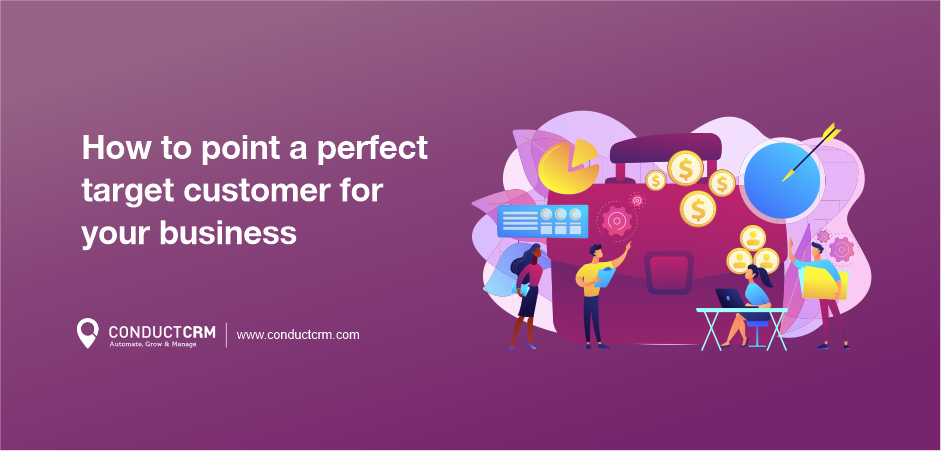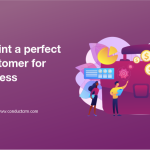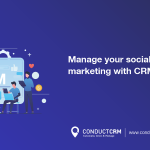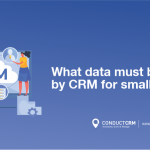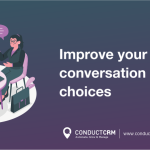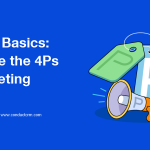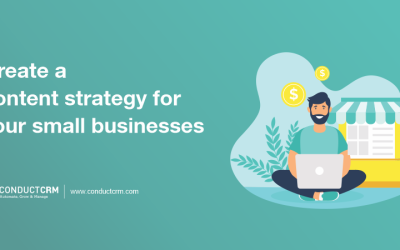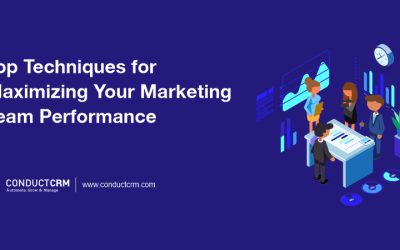How to point a perfect target customer for your business
Introduction
Targeting the right customer for your business is a whole different process. In this dynamic and evolving world of business, one of the most crucial aspects of achieving success is understanding and effectively reaching your target audience.
Moreover, Identifying and pointing a perfect target customer is a fundamental step that can significantly impact the growth and profitability of your business.
In this blog, we will delve into the art and science of targeting the right customers and provide you with valuable tips to ensure you hit the bullseye.
Why we require an ideal target customer
1) Value of business product
Ideal customers know the real value of your business product. However, businesses do not need to convince the customer to buy the product. And they have to spend less time understanding products or services. This type of customer waiting for a new product launch.
2) They’re easy to market
They require less time to be marketed. Businesses do not have to spend marketing time on ideal customers. They just need to send one product or service launch message. They can avoid follow-up marketing messages.
3) More Profitable
The Ideal customer makes bigger purchases. This customer purchases over their lifetime as a purchaser. Once they’ve bought from you once, selling to them again is fairly easy.
4) Referring your business to other
However, ideal customers are big fans of your small business. They give you testimonials and recommend you to others.
5) Businesses happy with their customer
Ideal customers are helping people. They give reviews that help businesses to improve their product or services.
Tips to target customer for your business
1) Market Research Is Key
The foundation of any successful customer targeting strategy is thorough market research. You need to gain a deep understanding of your industry, competition, and most importantly, your potential customers. Here are some key points to consider during your research:
Demographics: Start by identifying the age, gender, income level, and location of your ideal customer. This information will help you create a profile of your target audience.
Psychographics: Understand the values, interests, and behaviours of your potential customers. What motivates them? What are their pain points and aspirations?
Market Trends: Keep a close eye on industry trends and changes in consumer behaviour. What are the emerging needs and preferences of your target audience?
Competitor Analysis: Study your competitors and identify their target audience. Are there gaps or underserved segments that you can focus on?
Customer Feedback: Listen to your existing customers. Their feedback can provide valuable insights into the characteristics and preferences of your target audience.
2) Create Buyer Personas
Once you have collected the necessary data, use it to create detailed buyer personas. A buyer persona is a fictional representation of your ideal customer. It should include demographics, psychographics, and even a name and backstory for a more human touch. Having well-defined personas can help you empathize with your customers and tailor your marketing efforts accordingly.
3) Segmentation
Not all customers are the same, and trying to market to everyone can be inefficient and costly. Instead, divide your audience into segments based on shared characteristics or behaviours. This allows you to craft more personalized marketing messages and strategies for each segment, increasing your chances of resonating with them.
4) Value Proposition
Your product or service should have a clear value proposition that addresses the specific needs and pain points of your target audience. Communicate this value proposition clearly in your marketing materials and messages. When customers see that your offering meets their needs, they are more likely to become loyal customers.
5) Test and Refine
Targeting the perfect customer is not a one-time task but an ongoing process. Continuously monitor and analyze the performance of your marketing campaigns. A/B testing, surveys, and feedback can help you refine your approach and better understand what resonates with your audience.
6) Utilize Digital Tools and Analytics
In today’s digital age, there is a wealth of tools and analytics platforms that can aid in targeting the right customers. Google Analytics, social media insights, and customer relationship management (CRM) software can provide valuable data about your audience’s online behaviour, allowing you to adjust your strategy accordingly.
7) Content Marketing
Content marketing can be a powerful tool for attracting and engaging your target audience. Create high-quality, informative, and relevant content that addresses the specific interests and concerns of your ideal customers. This can help position your business as an authority in your industry and build trust with your audience.
Also, Read: Create a content strategy for your small businesses
8) Social Media Advertising
Social media platforms offer sophisticated targeting options that allow you to reach users based on demographics, interests, and behaviours. Invest in targeted social media advertising campaigns to put your message in front of the right people.
9) Email Marketing
Email marketing remains an effective way to nurture leads and retain customers. Segment your email list based on customer characteristics and send personalized messages that cater to their needs and preferences.
Also Read: How Email Marketing Software Boost Your Business
10) Customer Feedback Loops
Establishing feedback loops with your customers can help you stay in tune with their changing preferences and needs. Encourage customers to provide feedback through surveys, reviews, and direct communication. Use this information to make necessary adjustments to your products or services.
11) Monitor and Adapt to Changes
The business landscape is constantly evolving, and so are customer preferences. Stay vigilant and adapt your targeting strategies as necessary. Keep an eye on emerging trends, technologies, and competitors to ensure your business remains relevant.
12) Don’t Be Afraid to Refine Your Target
Sometimes, businesses find that their initial target audience isn’t quite right. It’s okay to reassess and refine your target customer profile if you discover that a different segment offers better opportunities for growth and profitability.
Conclusion
Targeting the perfect customer is a fundamental aspect of business success. By implementing these techniques, you can increase your chances of reaching and resonating with the right customers.
Remember that this process is not static. It requires continuous monitoring and adaptation to stay aligned with changing customer preferences and market dynamics. With the right targeting strategy, your business can thrive and build lasting relationships with its ideal customers.
However, ConductCRM helps you to find the ideal customer with the help of CRM software. CRM software solution helps to manage lead generation and lead management.
